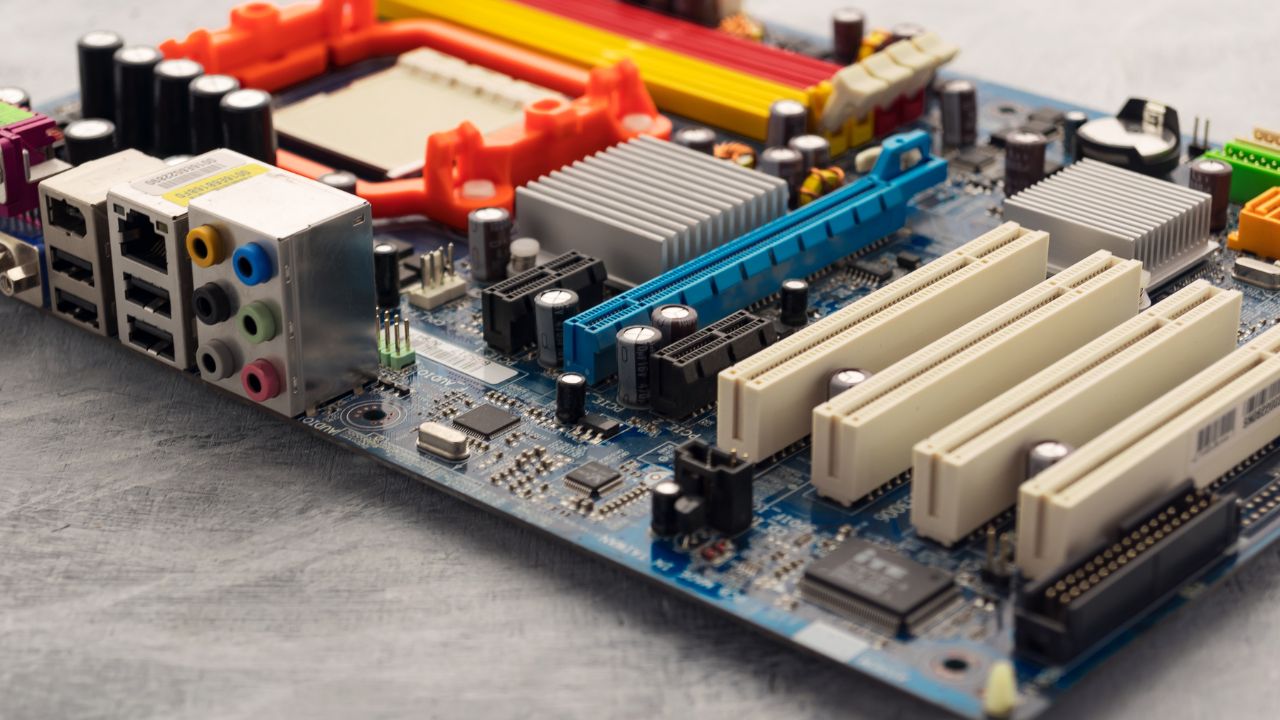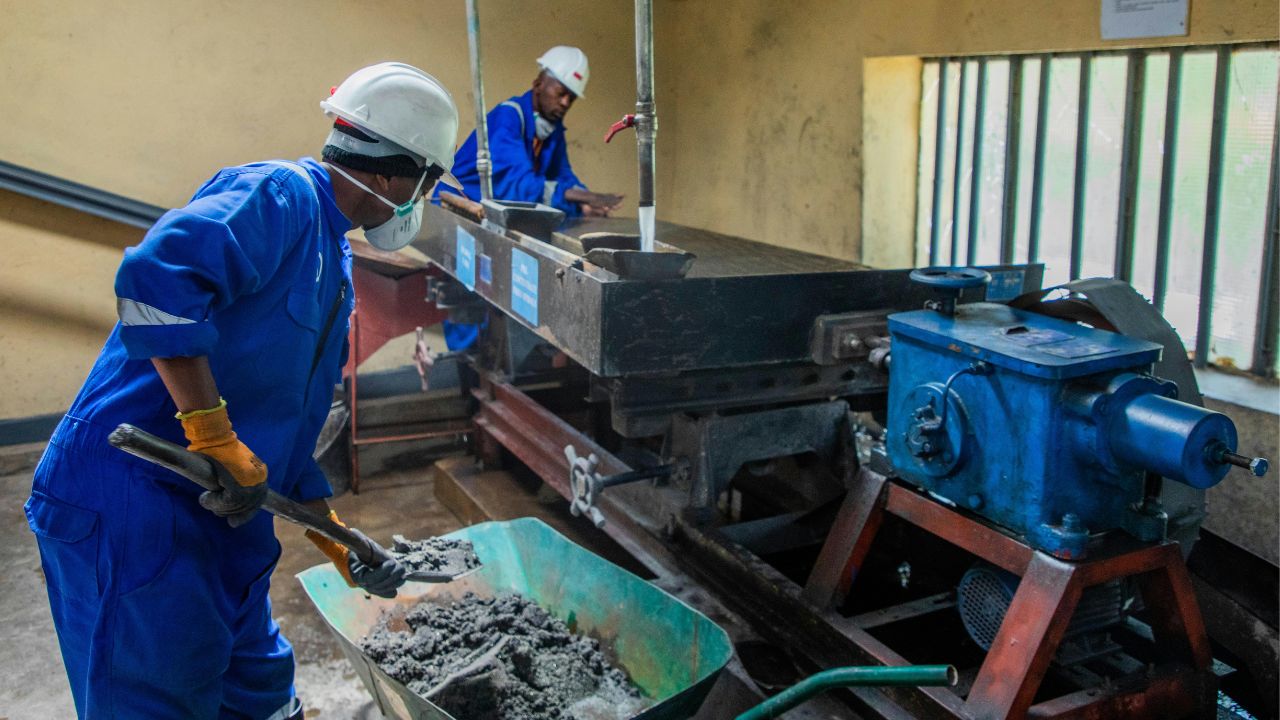Lateral flow cassettes are a staple of rapid testing technology. From the familiar at-home pregnancy tests to COVID-19 diagnostics and veterinary screenings, these small but powerful devices have revolutionized the world of point-of-care testing. Easy to use, portable, and fast, lateral flow cassettes bring complex laboratory testing straight into people’s hands with minimal training required.
What are Lateral Flow Cassettes?’
A lateral flow cassette is a plastic housing that contains a lateral flow assay strip. This strip is carefully engineered to detect the presence or absence of a target substance in a sample, usually a liquid like blood, saliva, urine, or water. The cassette serves to protect the strip, provide a user-friendly interface, and ensure the proper flow of the sample through the test areas.
Inside the cassette, a simple but effective design allows for capillary action to move the sample through different zones where reactions occur, producing visible results, often in the form of colored lines.
Components of a Lateral Flow Cassette
To understand why lateral flow cassettes work so well, it helps to break down their internal components:
Sample Pad
This is where the sample is first applied. It may be treated with buffers or surfactants to prepare the sample and initiate the flow.
Conjugate Pad
The conjugate pad contains antibodies or other molecules tagged with colored particles (like colloidal gold or latex beads). When the sample moves across this pad, the target analyte (if present) binds to these labeled particles.
Membrane and Test Line
The membrane (typically made from nitrocellulose) is where the main reaction happens. Immobilized antibodies on the test line capture the analyte-bound conjugate, creating a visible line if the target substance is present.
Absorbent Pad
Located at the end of the strip, the absorbent pad wicks the fluid away, maintaining a steady flow and preventing backflow, which could ruin the test.
Each part must be perfectly engineered and assembled to produce a reliable and consistent test result.
How Lateral Flow Cassettes Work
The magic of a lateral flow cassette lies in its simplicity. After applying a sample to the designated well, capillary action draws the liquid through the various pads and membranes. If the target substance is present in the sample, it will bind to the labeled conjugates and subsequently be captured at the test line, forming a visible band.
Most cassettes also feature a control line, which captures free conjugate to confirm that the test functioned properly, regardless of the result. This built-in control ensures users can trust negative results just as much as positive ones.
Applications of Lateral Flow Cassettes
The versatility of lateral flow cassettes has allowed them to be used in many fields:
Medical Diagnostics
Perhaps the most well-known use, medical diagnostics rely heavily on lateral flow cassettes for pregnancy tests, infectious disease detection (like COVID-19, HIV, malaria), and even cancer biomarkers.
Veterinary Testing
Animals benefit from rapid testing too. Lateral flow tests help diagnose diseases in pets and livestock, aiding in quick treatment and reducing the spread of infectious conditions.
Food Safety Monitoring
Detecting contaminants like pathogens, toxins, or allergens in food products is critical for public safety. Lateral flow cassettes provide a quick, portable solution for on-site testing.
Environmental Testing
Monitoring water quality or detecting pollutants in soil samples is made much easier and faster with the help of lateral flow technology.
Advantages of Using Lateral Flow Cassettes
Why have lateral flow cassettes become so popular across so many industries? Here are some compelling reasons:
- Rapid Results: Most tests deliver answers within minutes, making them ideal for urgent decision-making.
- Ease of Use: No specialized training or equipment is needed, enabling use by non-professionals.
- Portability: Small and lightweight, these tests can be administered in the field, clinics, or even at home.
- Cost-Effective: They offer affordable alternatives to lab-based tests, especially in resource-limited settings.
- Reliability: When properly manufactured and stored, they provide highly accurate and reproducible results.
This combination of advantages makes lateral flow cassettes a powerful tool for expanding access to critical testing services.
Materials Used in Manufacturing Lateral Flow Cassettes
The choice of materials directly impacts the performance of lateral flow cassettes:
- Plastic Housings: Usually made from polystyrene or polypropylene for durability and precision molding.
- Membranes: Nitrocellulose is the gold standard due to its high protein-binding capacity and consistent wicking properties.
- Pads: Sample and conjugate pads are often made from treated cellulose or glass fiber to optimize fluid dynamics.
Careful material selection ensures that the device remains stable, accurate, and robust throughout its shelf life.
Quality Control in Lateral Flow Cassette Production
Maintaining high-quality standards in production is critical to ensure test reliability. Quality control measures include:
- Visual Inspections: Checking for physical defects like cracks or incomplete molding.
- Functional Testing: Running known positive and negative samples to verify performance.
- Environmental Testing: Ensuring the cassette performs reliably under different temperature and humidity conditions.
Comprehensive quality assurance safeguards user confidence and regulatory compliance.
Innovations and Trends in Lateral Flow Technology
The future of lateral flow cassettes looks promising, with several exciting developments:
- Multiplexing: New designs allow multiple analytes to be tested on a single strip.
- Digital Readouts: Some cassettes are now integrated with apps or readers that quantify results for improved accuracy.
- Enhanced Sensitivity: Nanotechnology and advanced reagents are pushing the limits of detection lower than ever before.
- Sustainable Materials: Eco-friendly alternatives are being developed to reduce plastic waste associated with single-use cassettes.
These innovations promise to make lateral flow testing even more powerful, accessible, and environmentally friendly.
Conclusion
Lateral flow cassettes have changed the face of diagnostics and testing across multiple industries. Their portability, ease of use, and rapid results make them a vital tool for early diagnosis, public health monitoring, food safety, and environmental protection. As technology evolves, so too will the capabilities of these humble yet mighty devices, bringing faster, smarter, and greener solutions to global testing needs.








